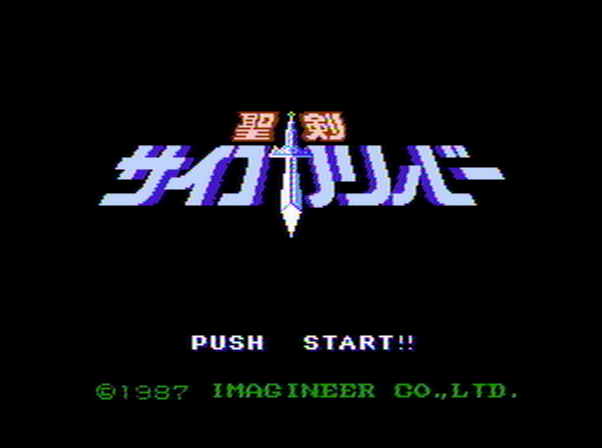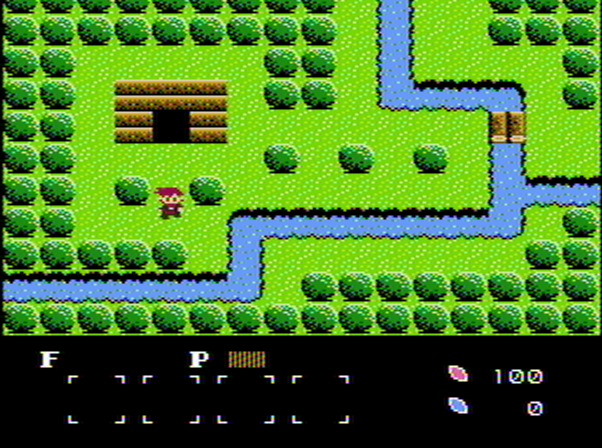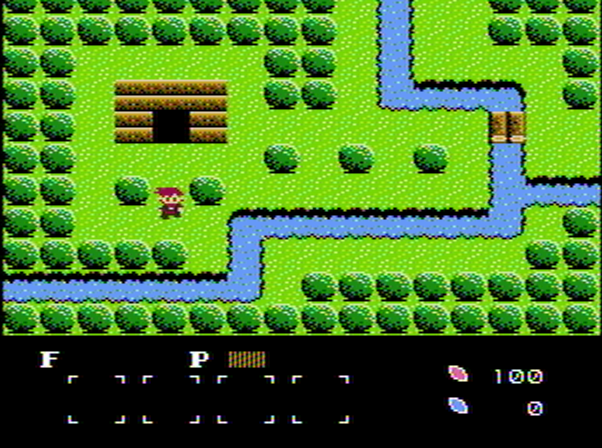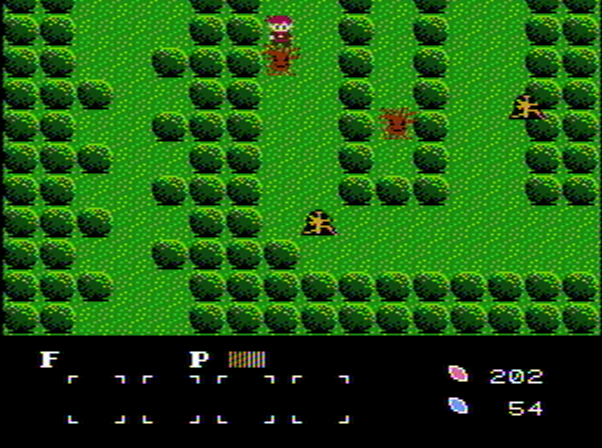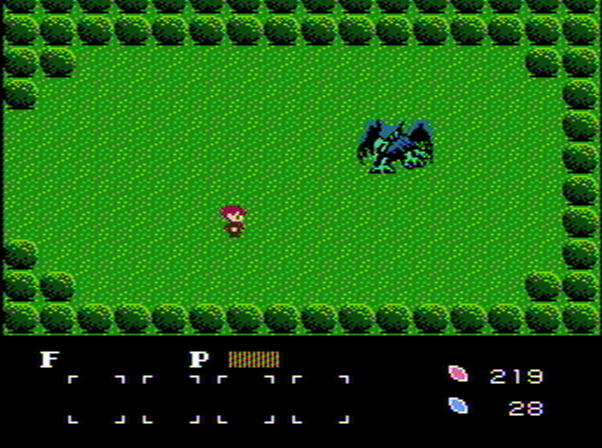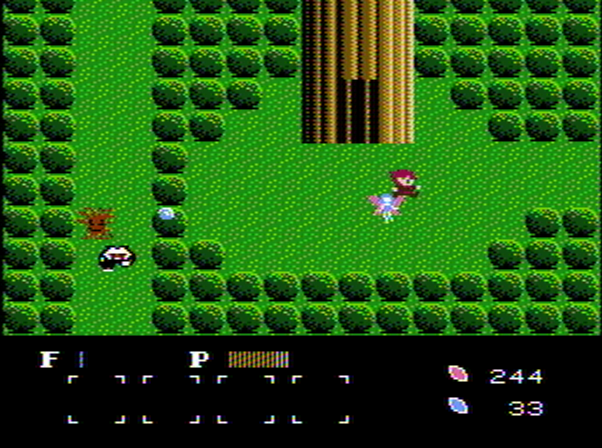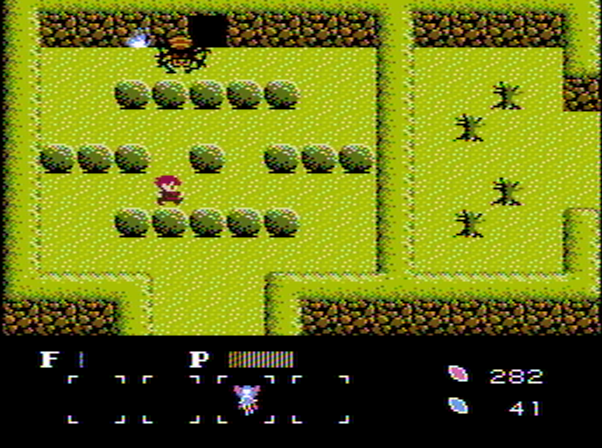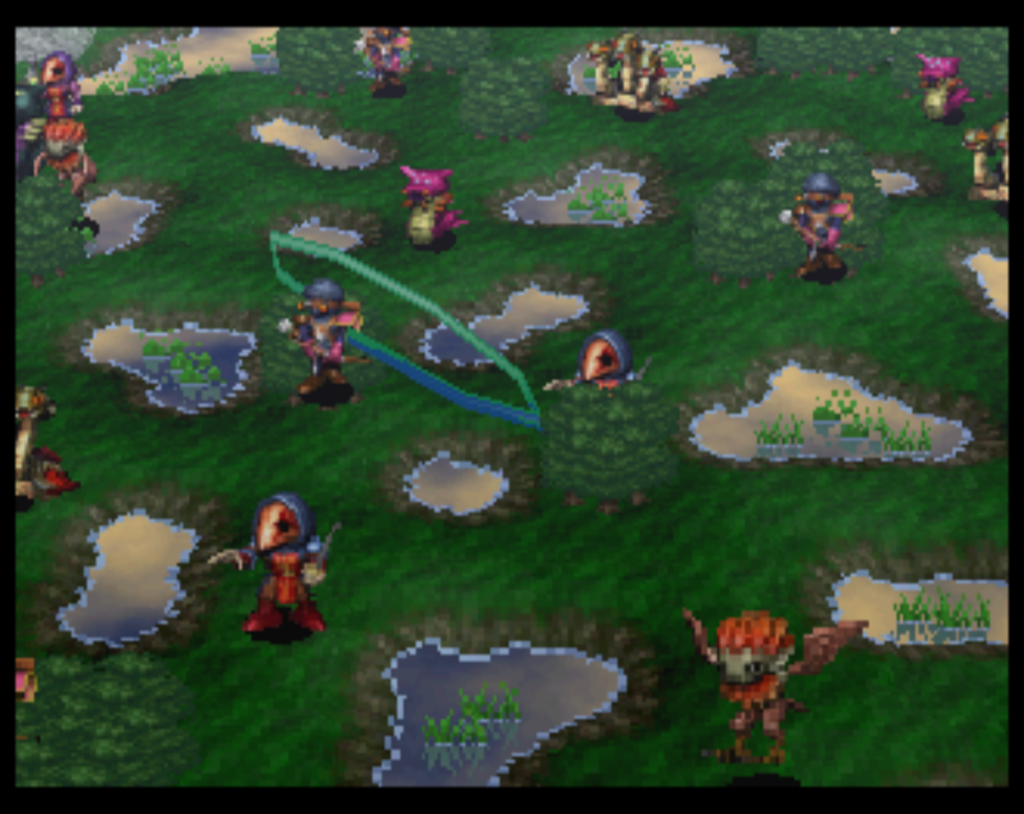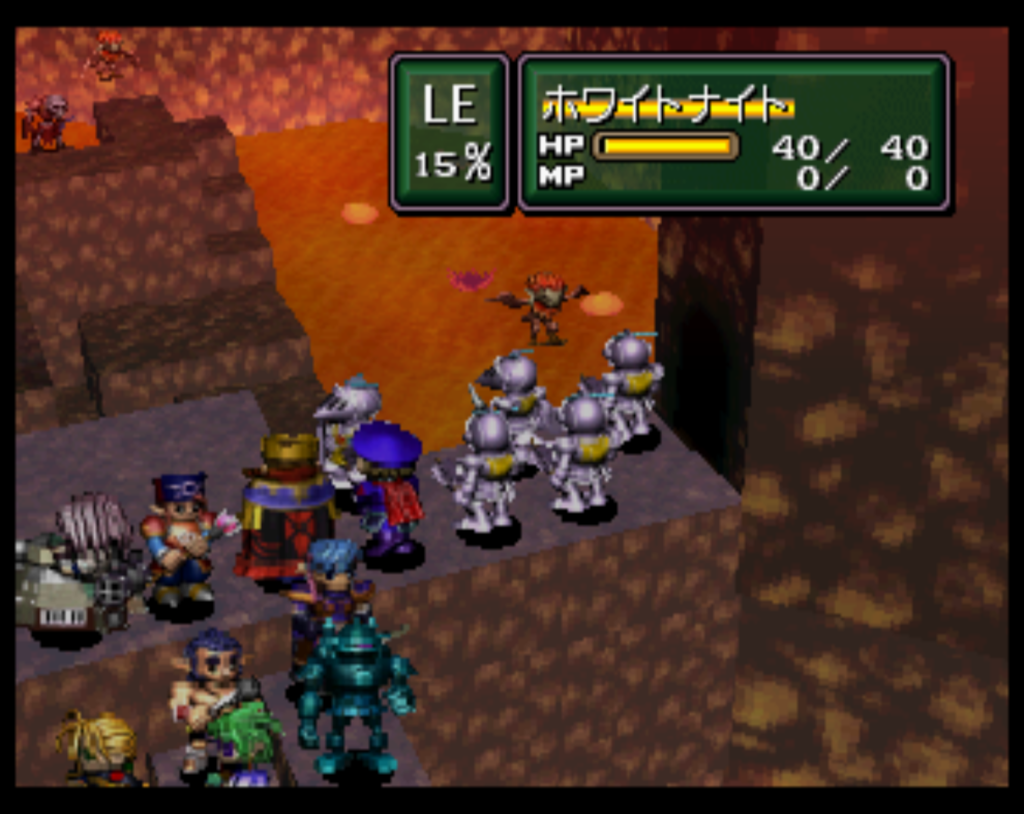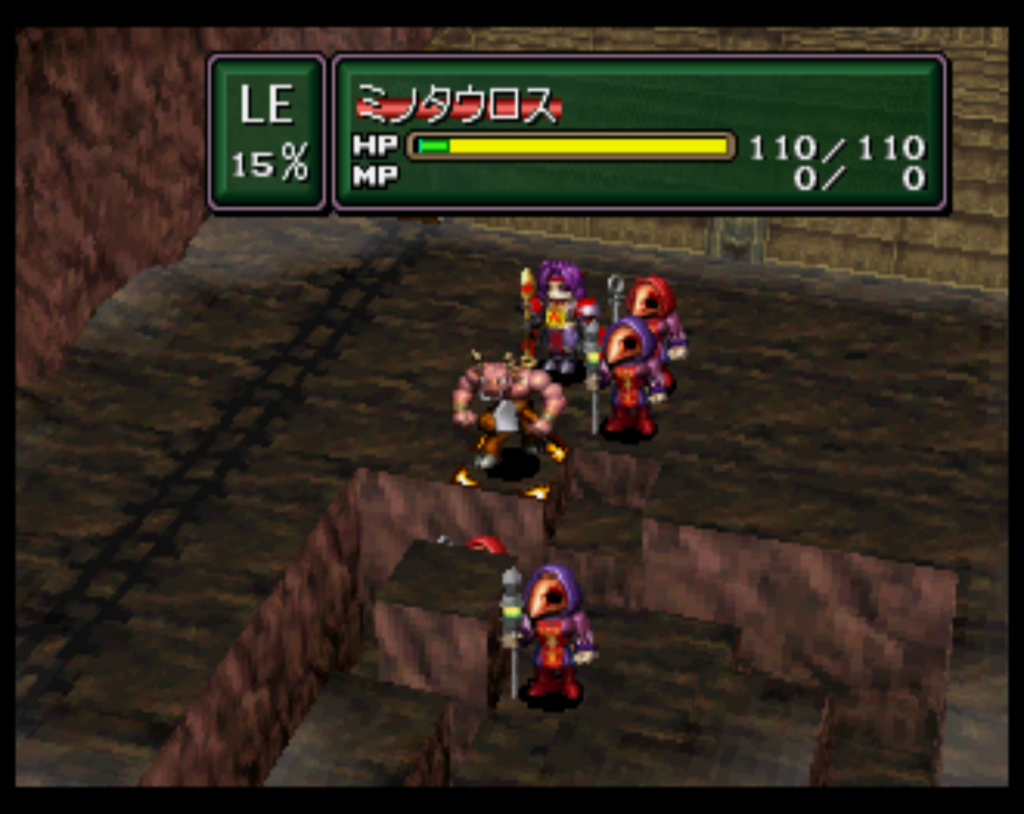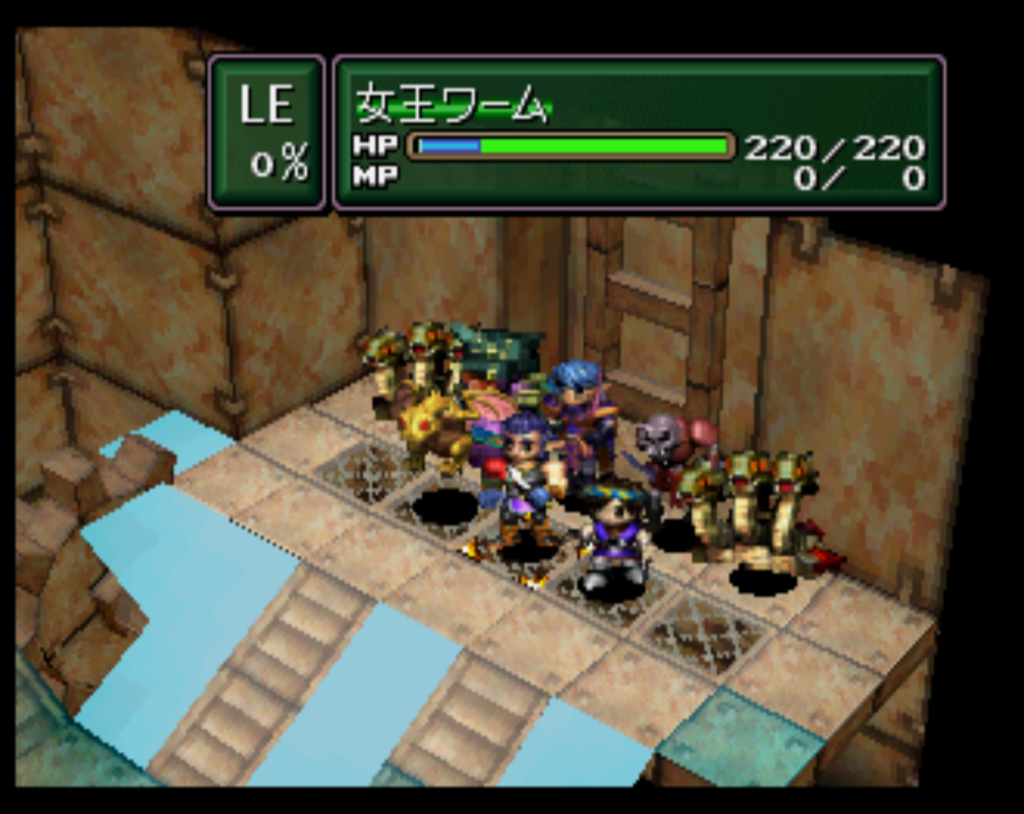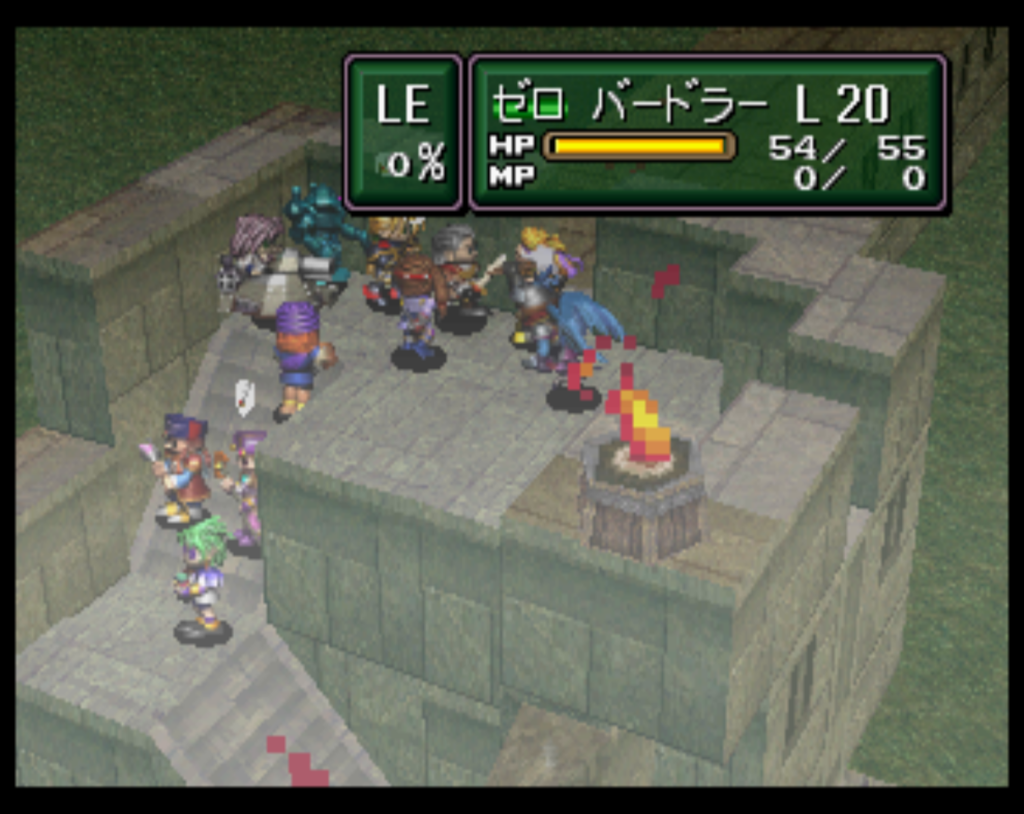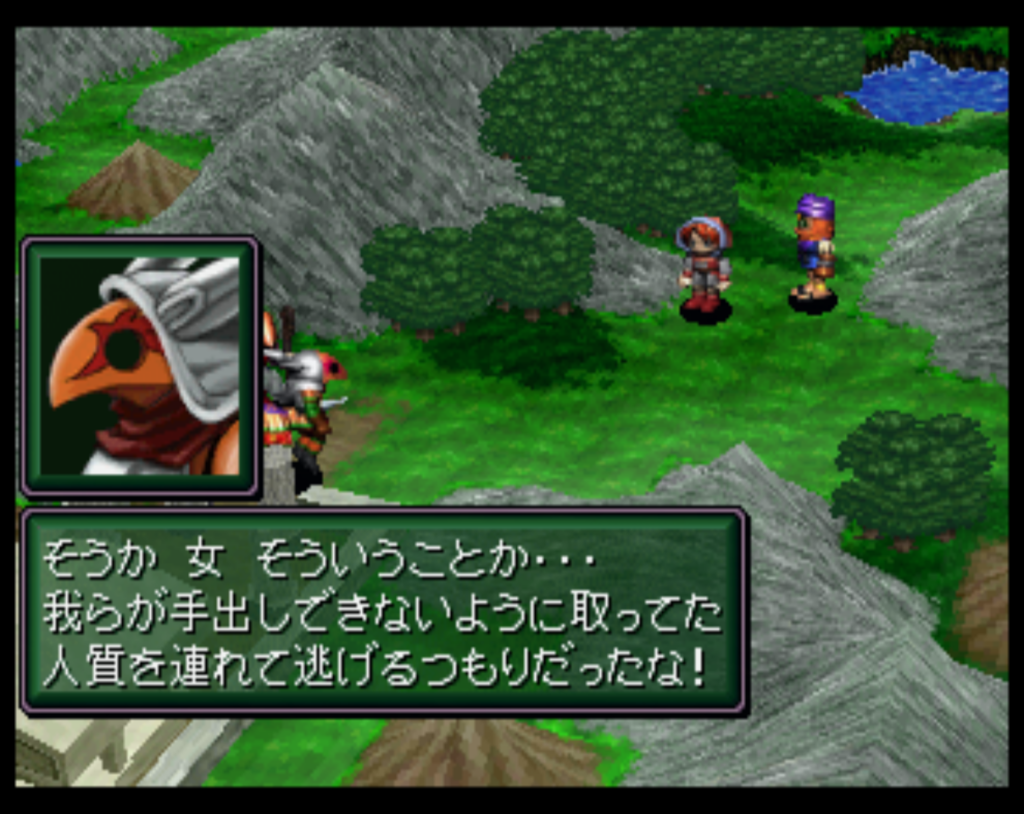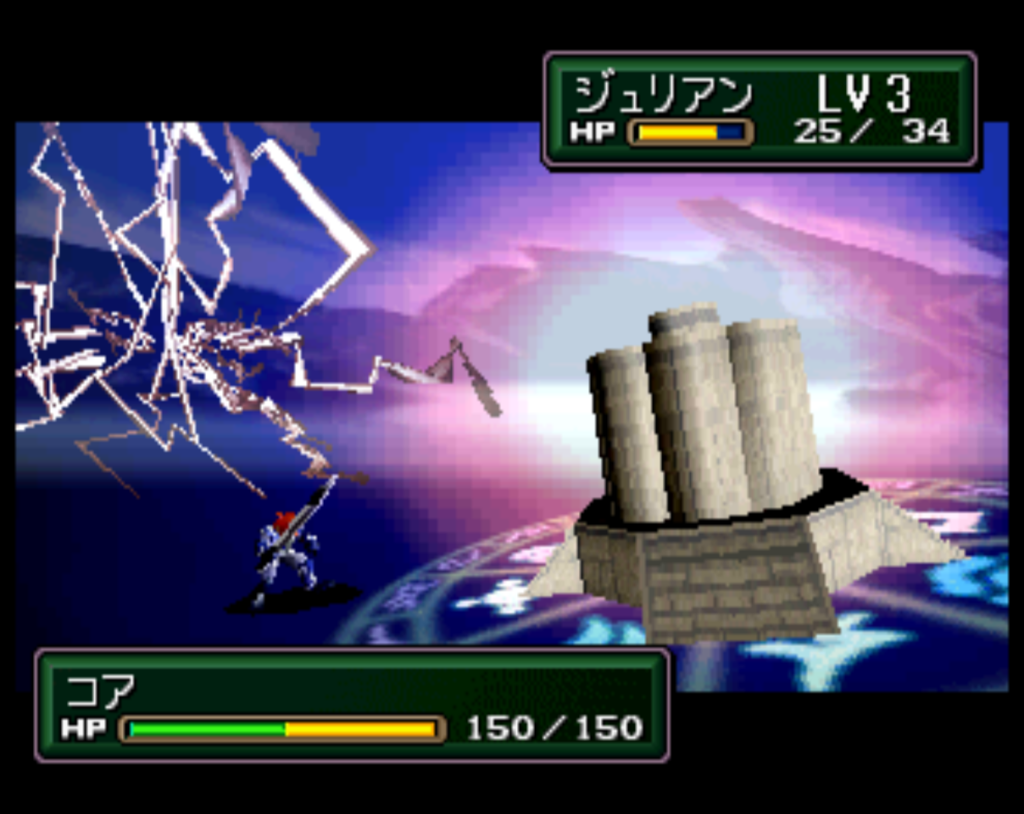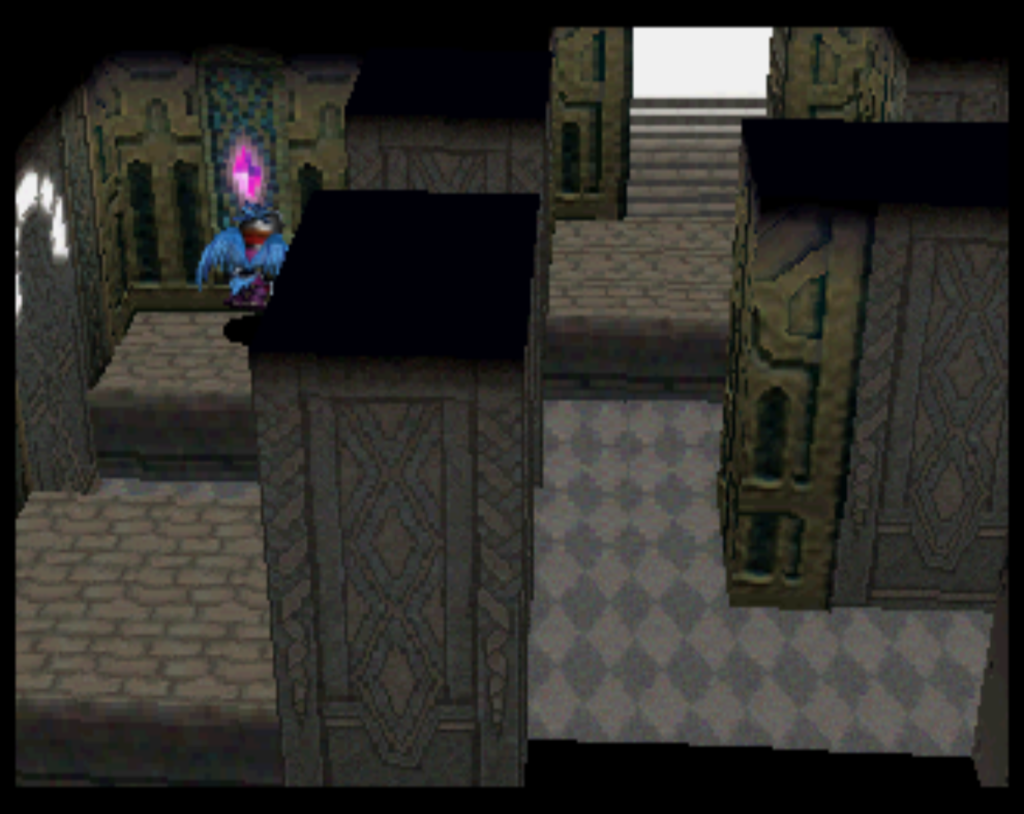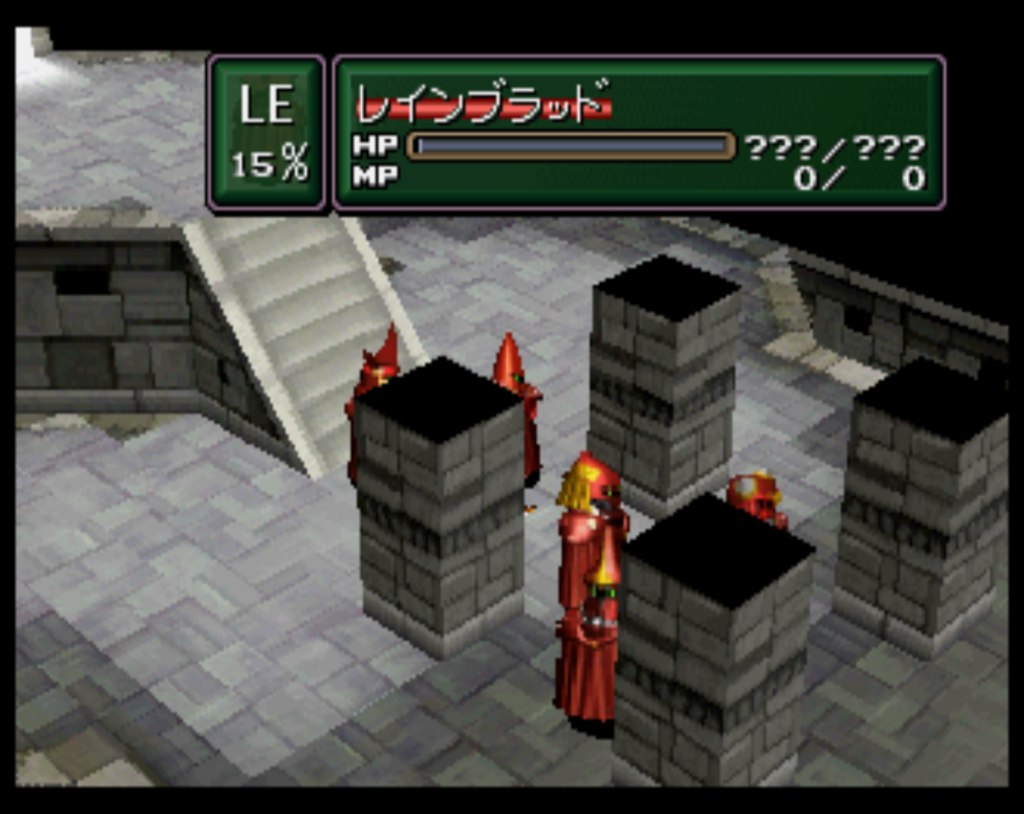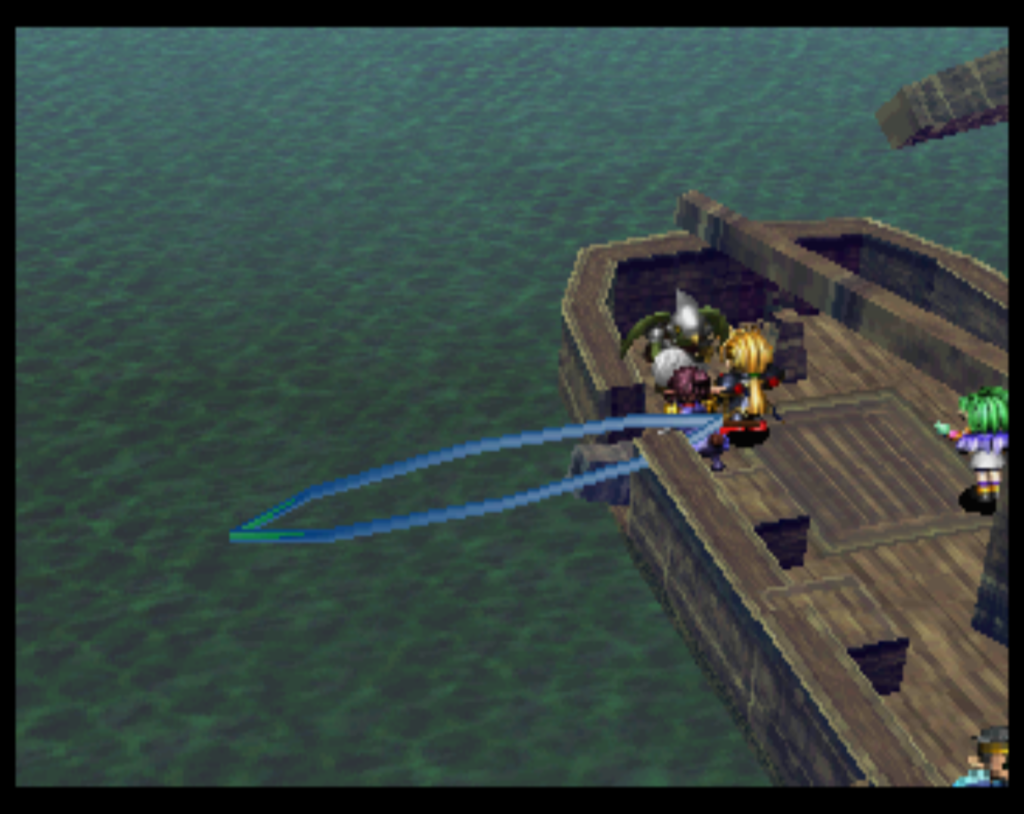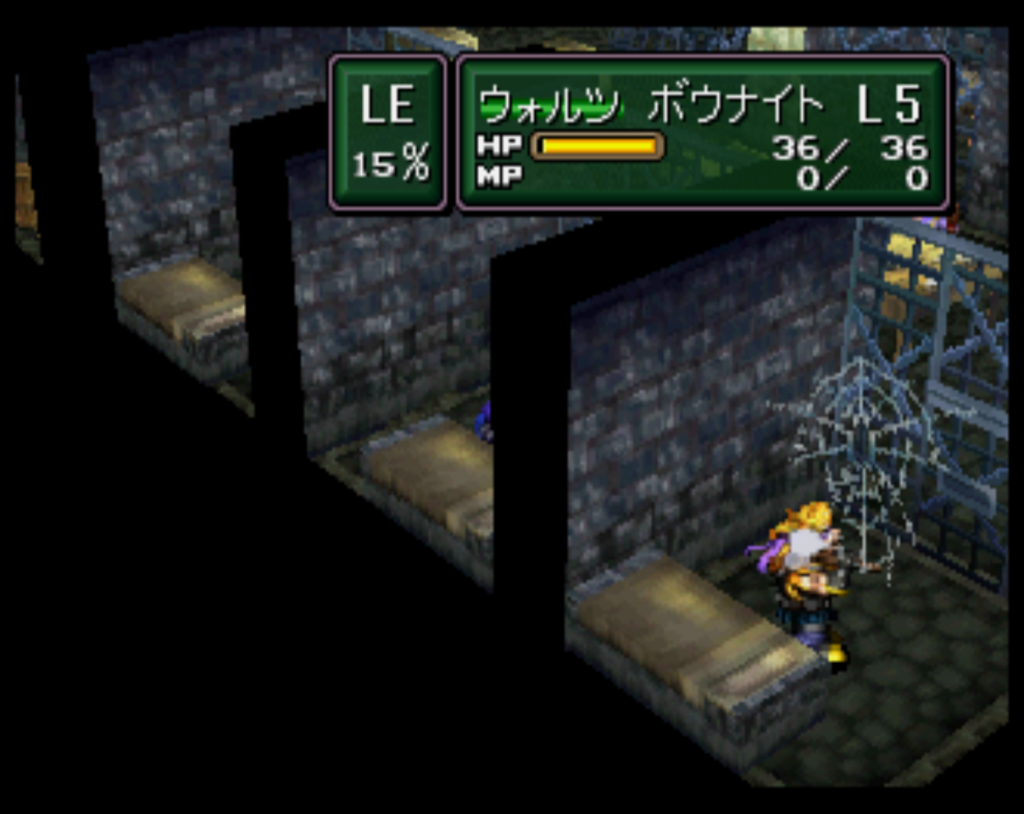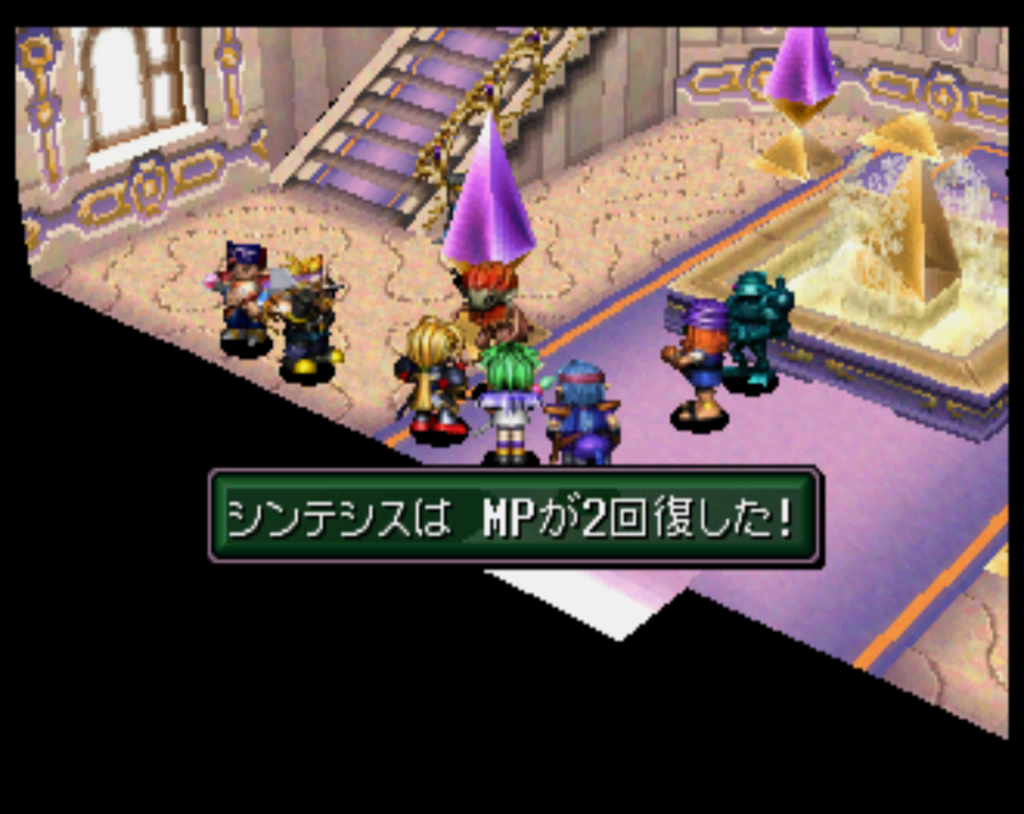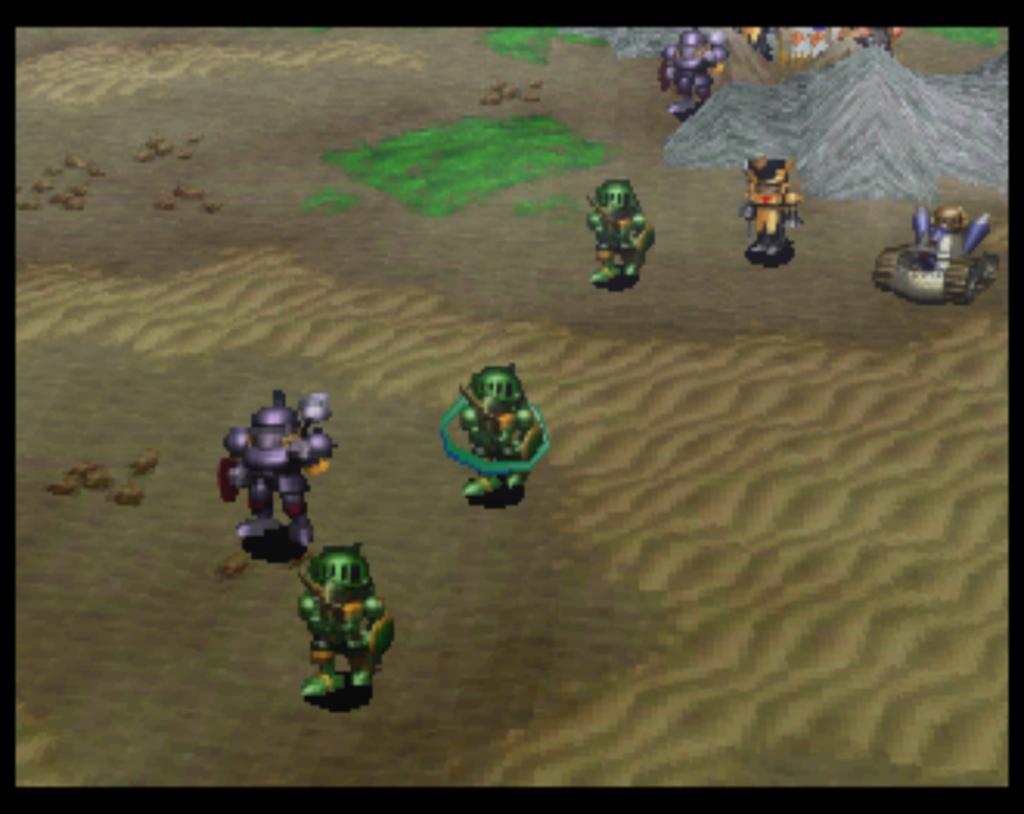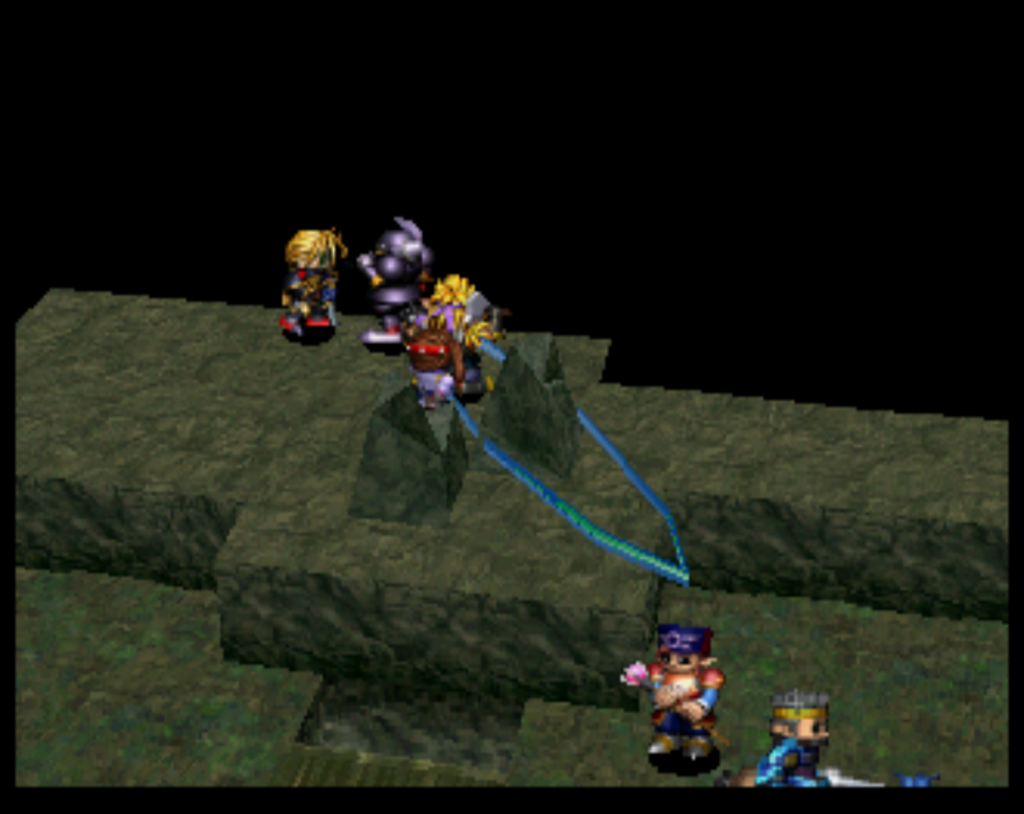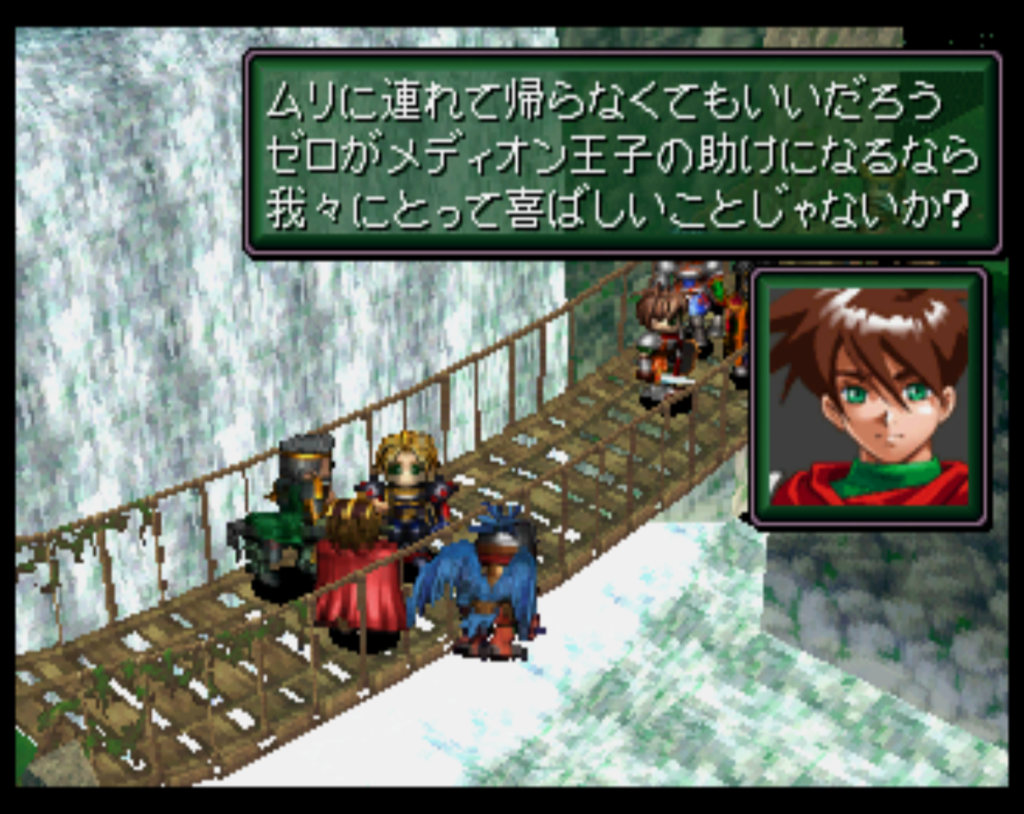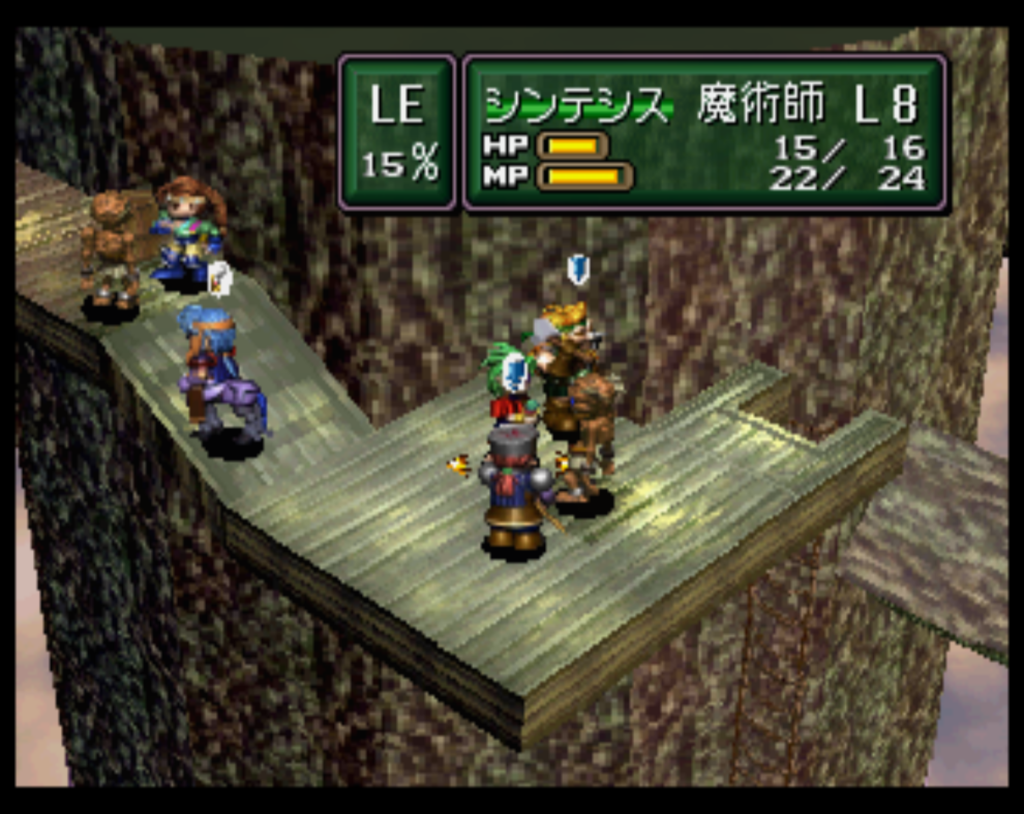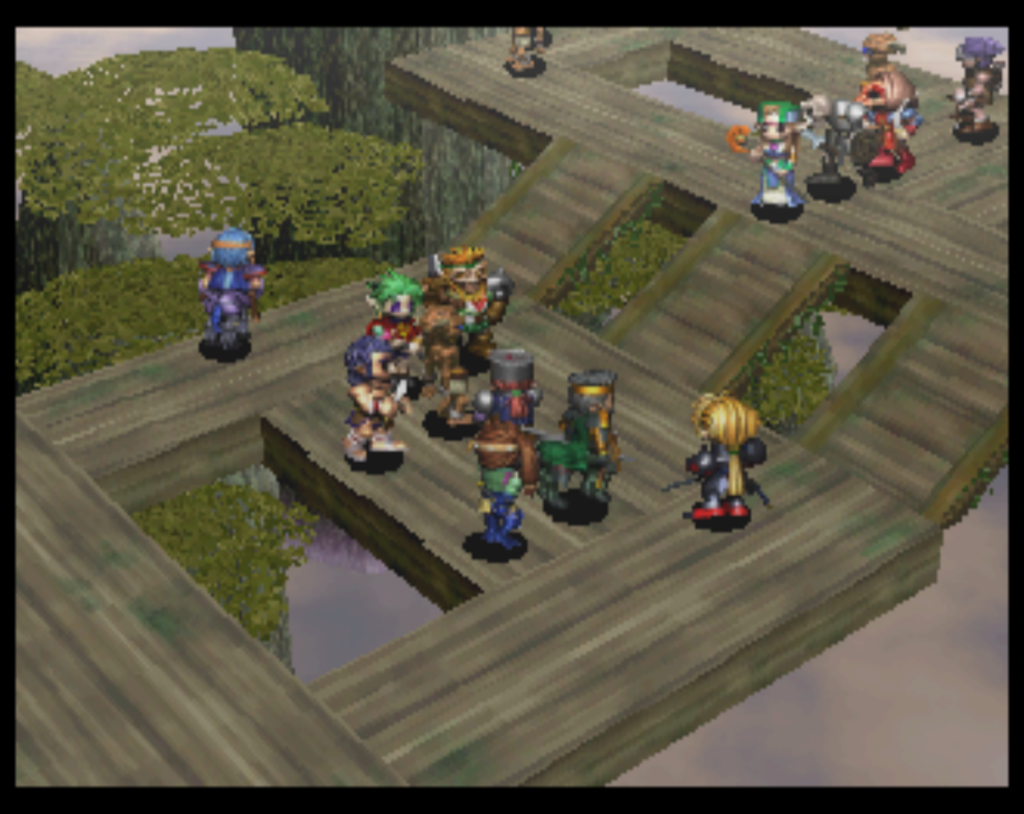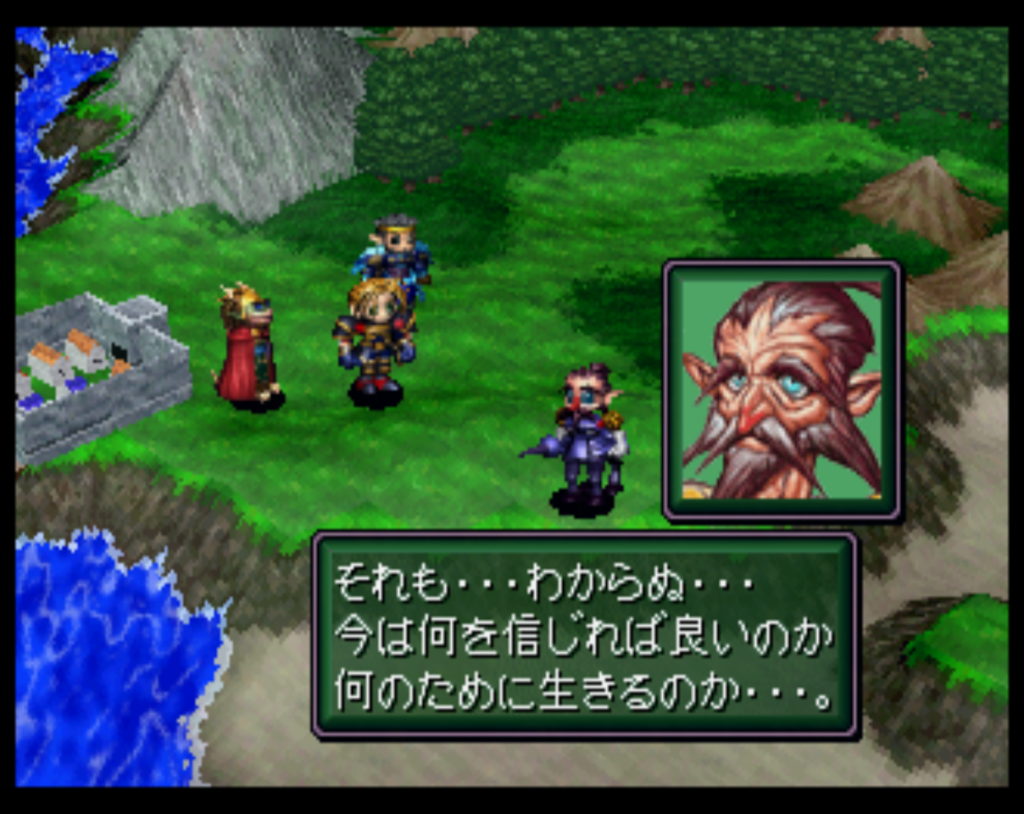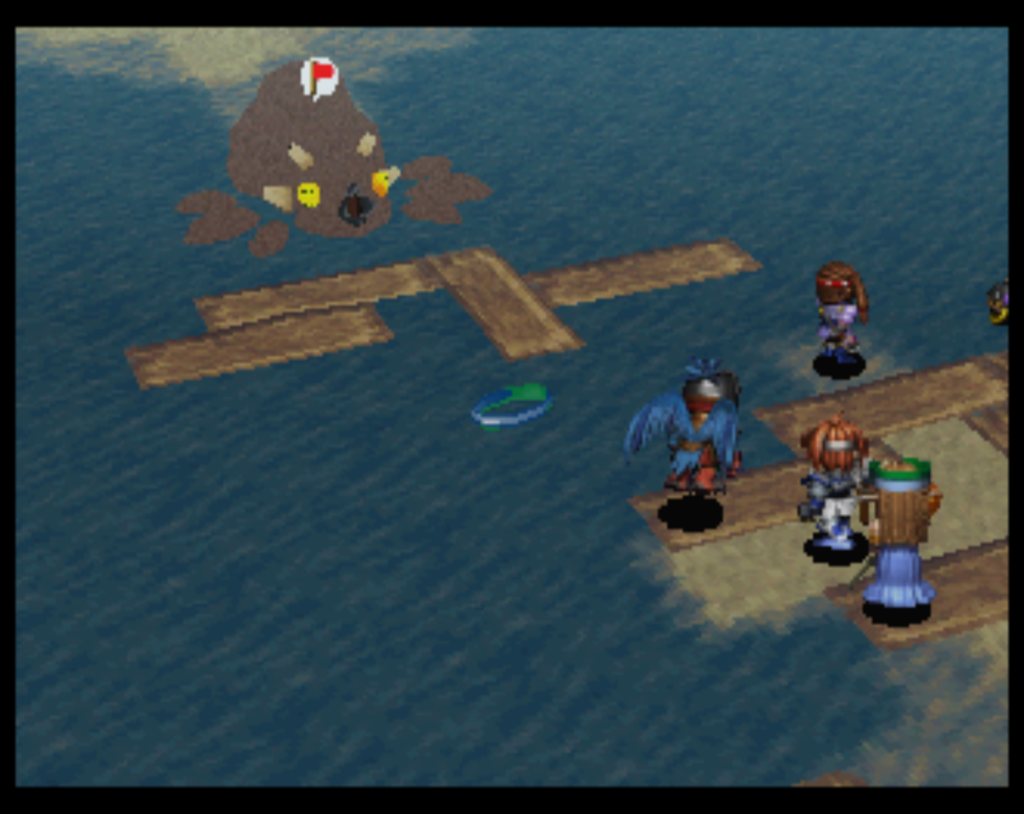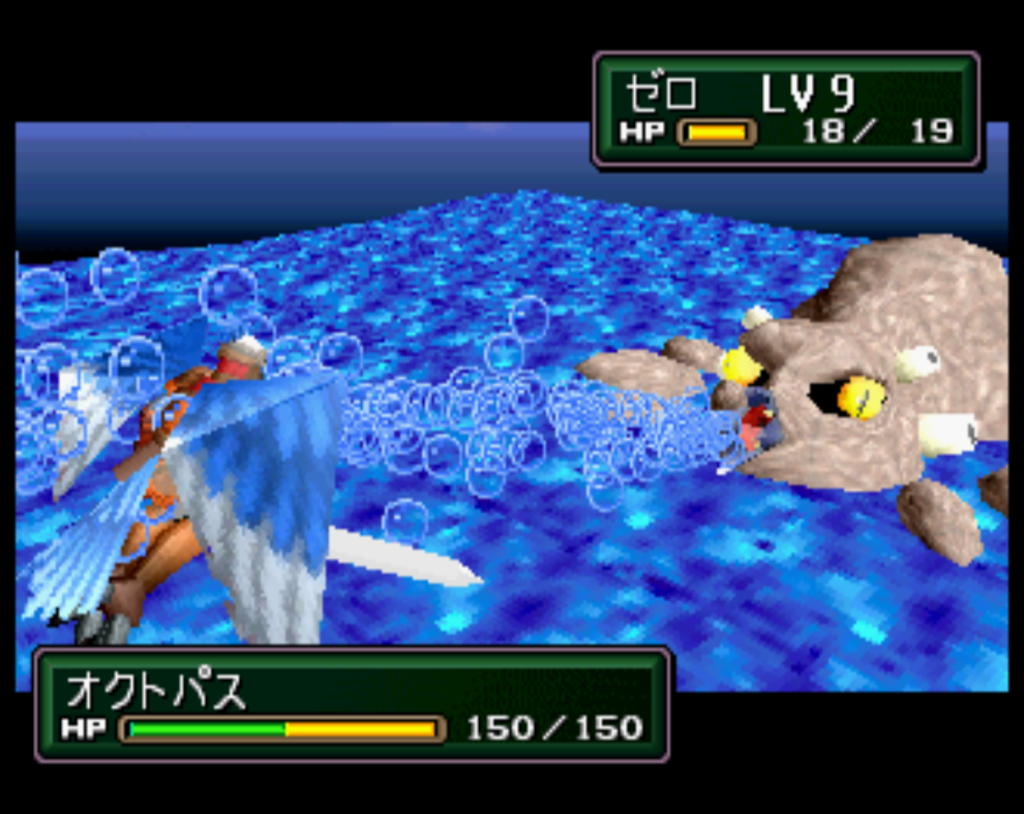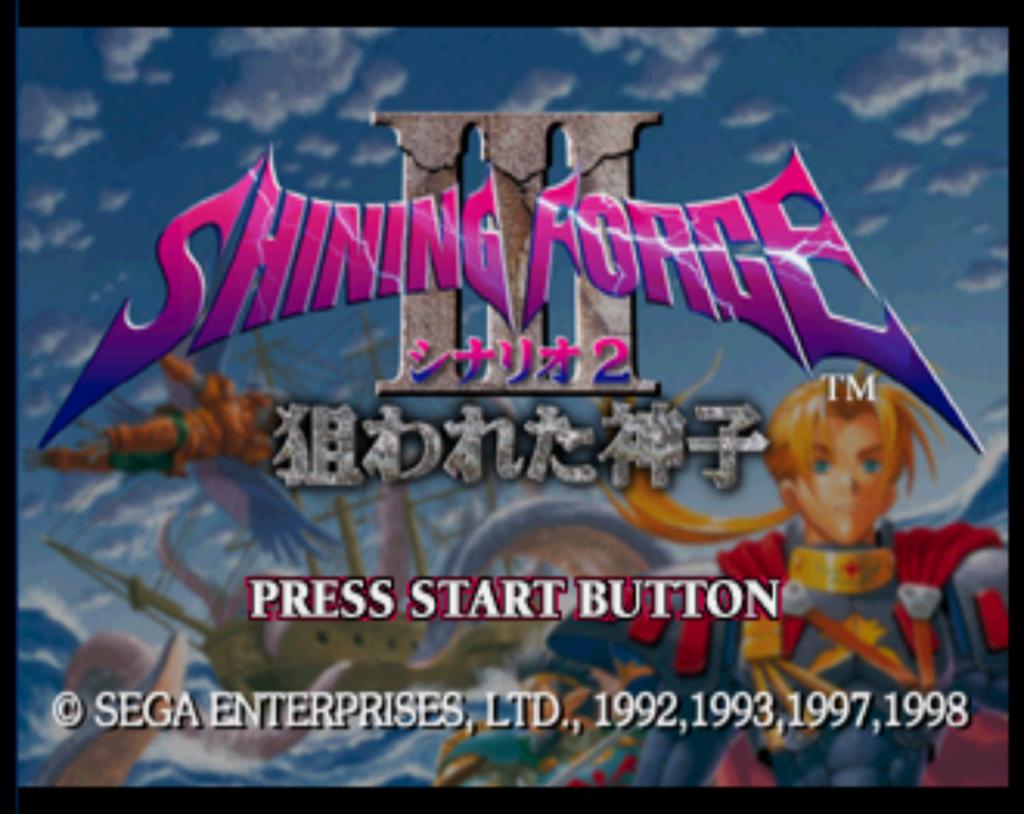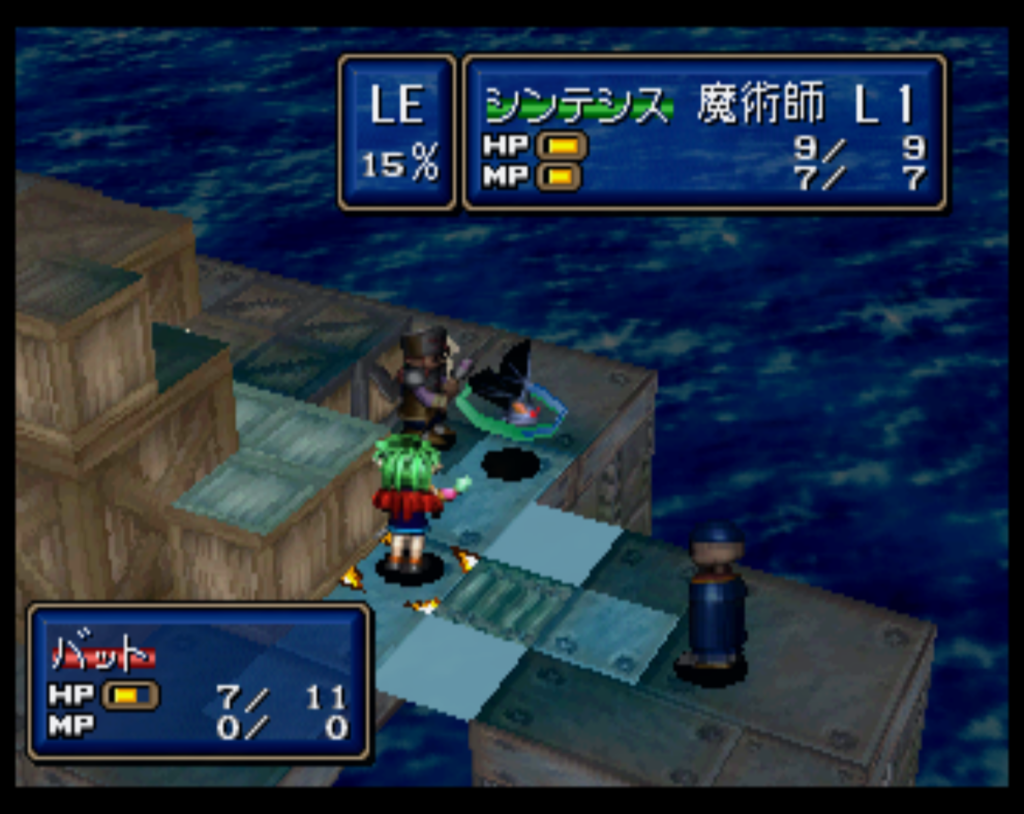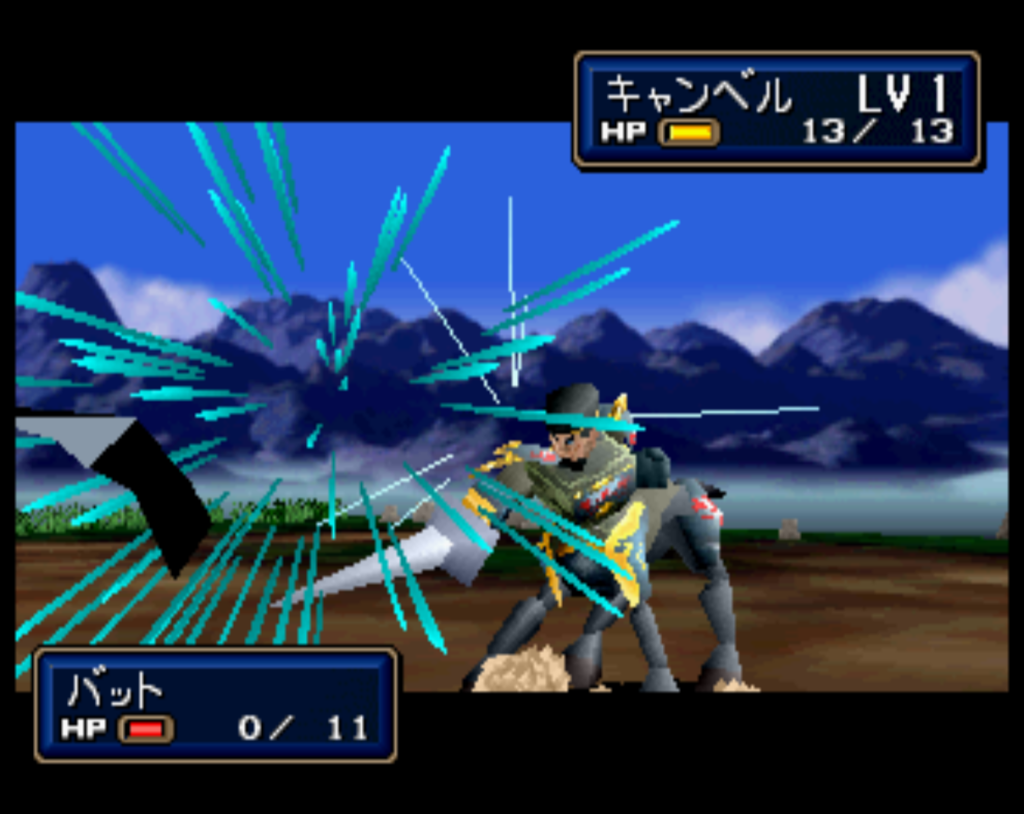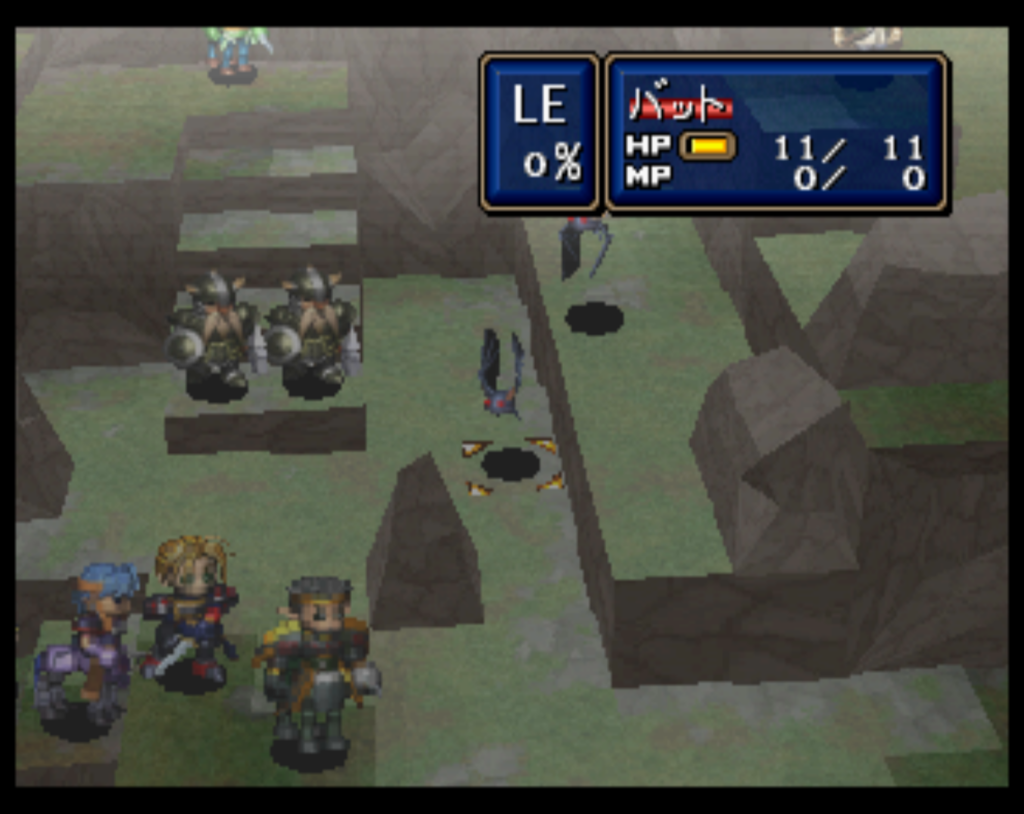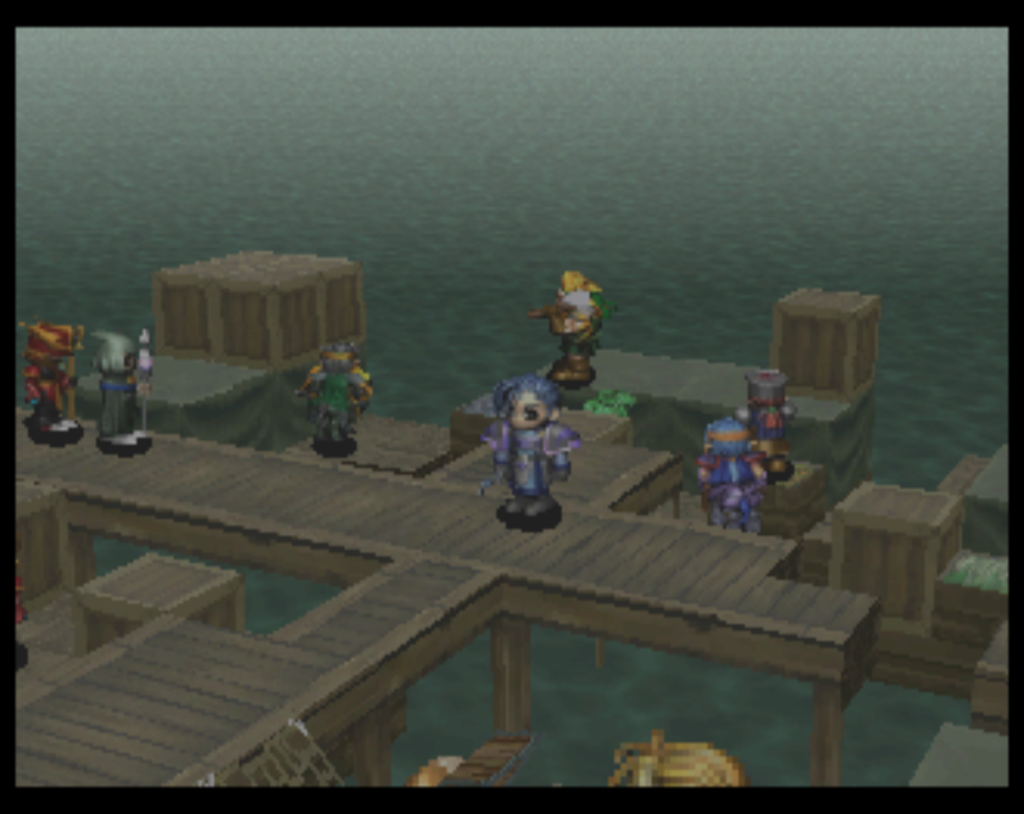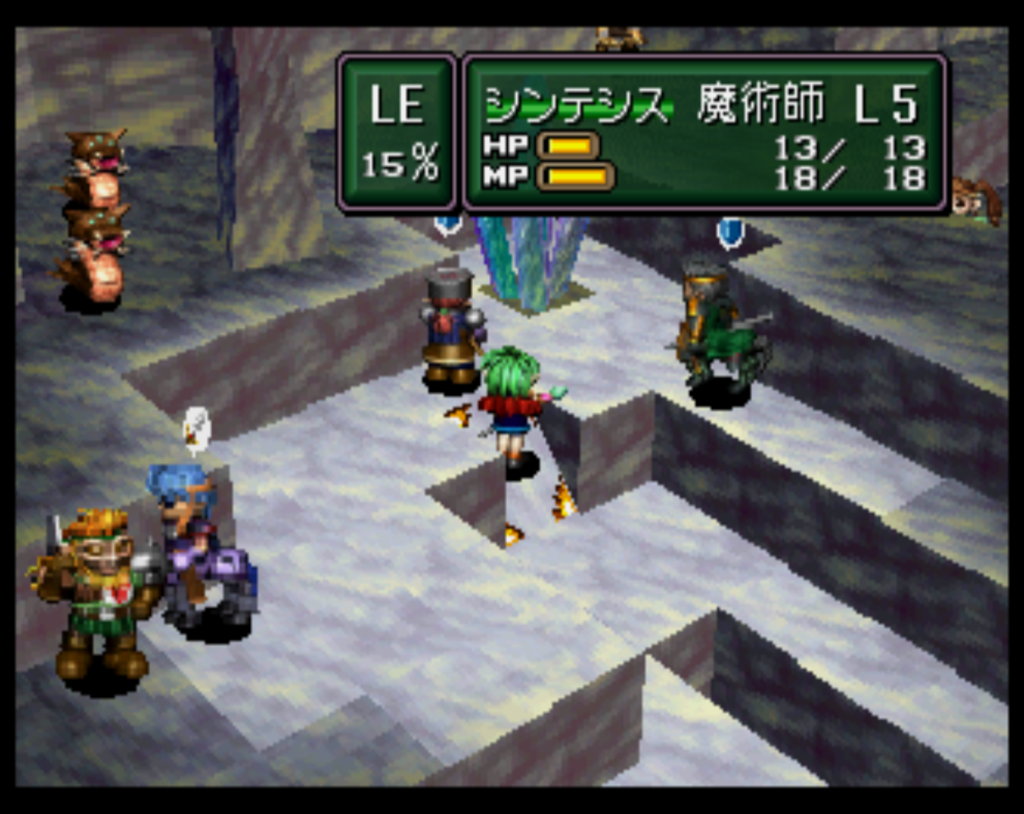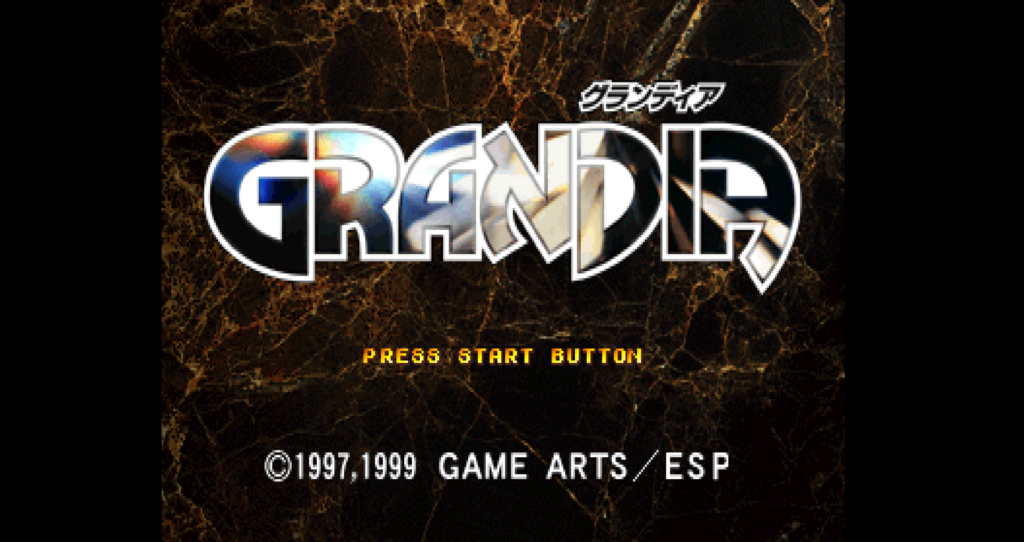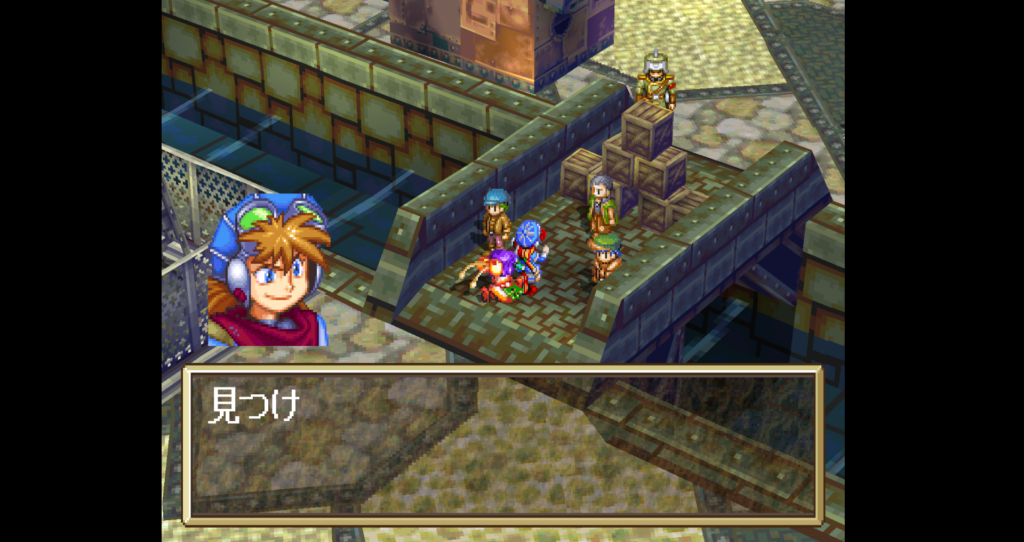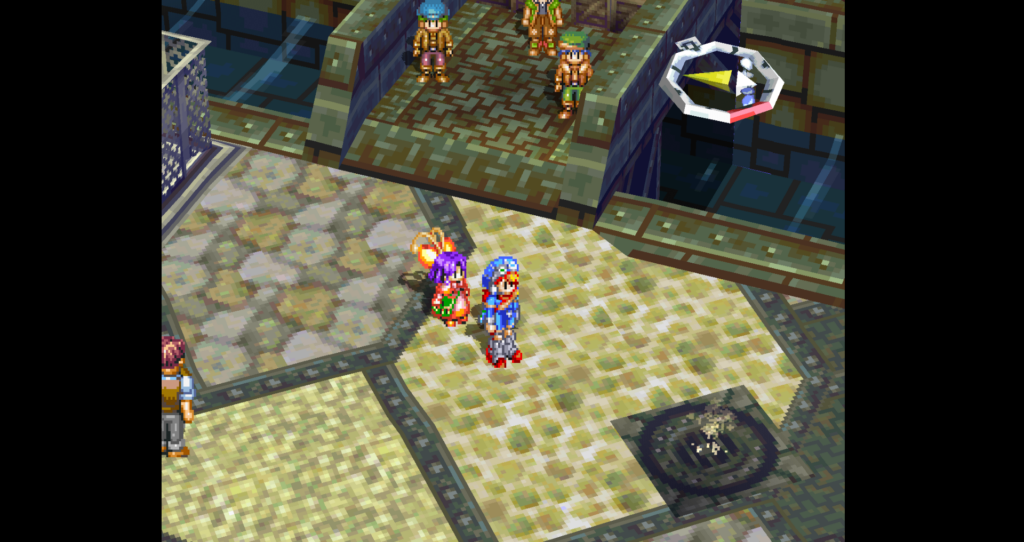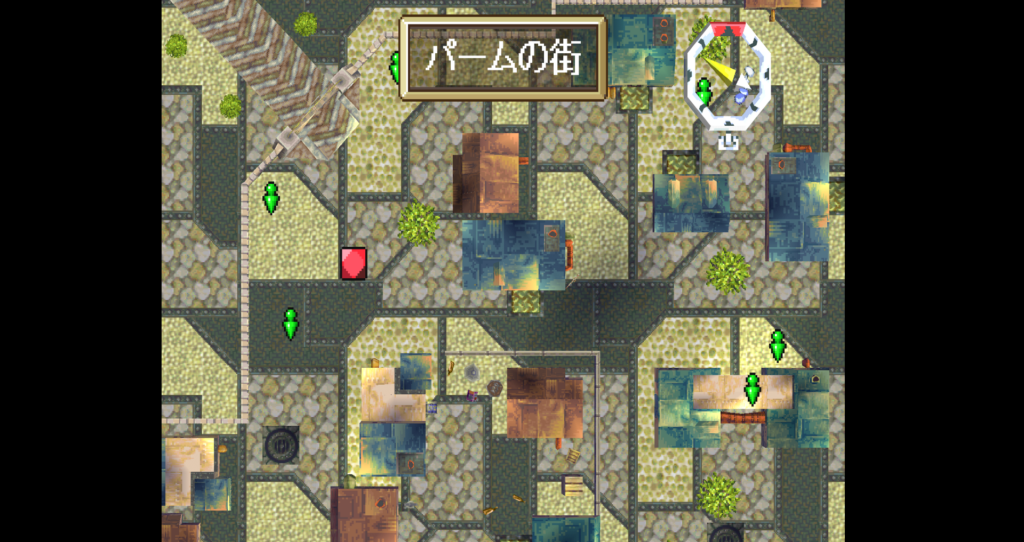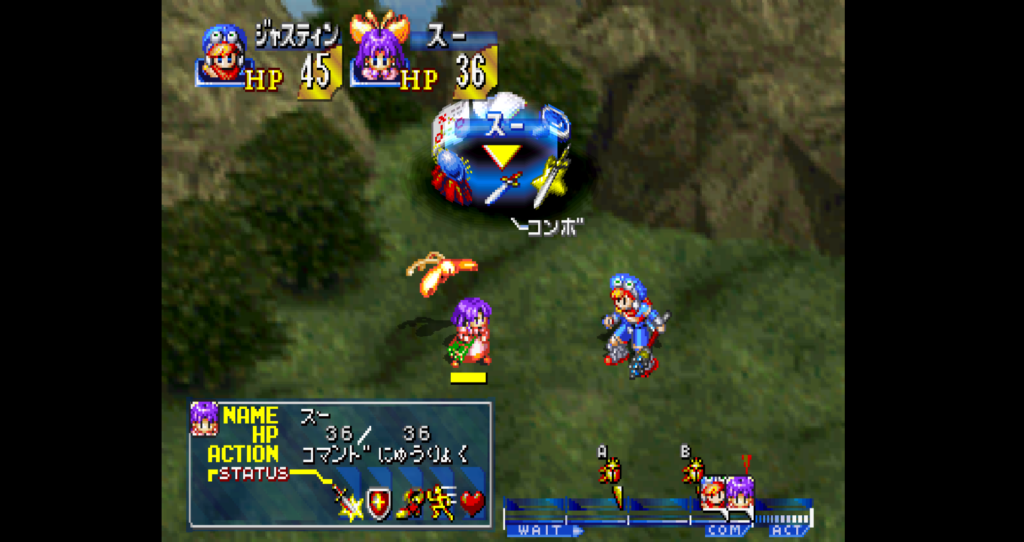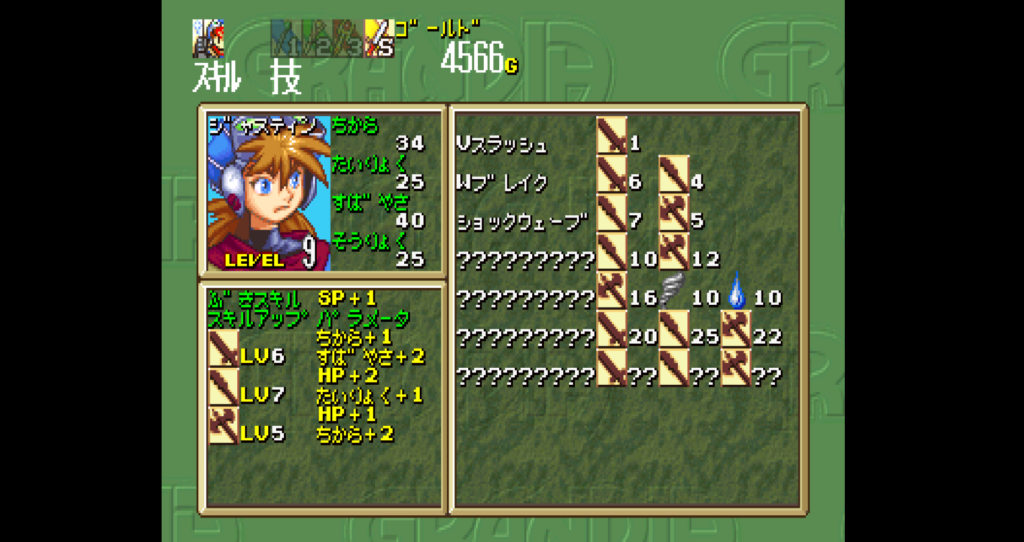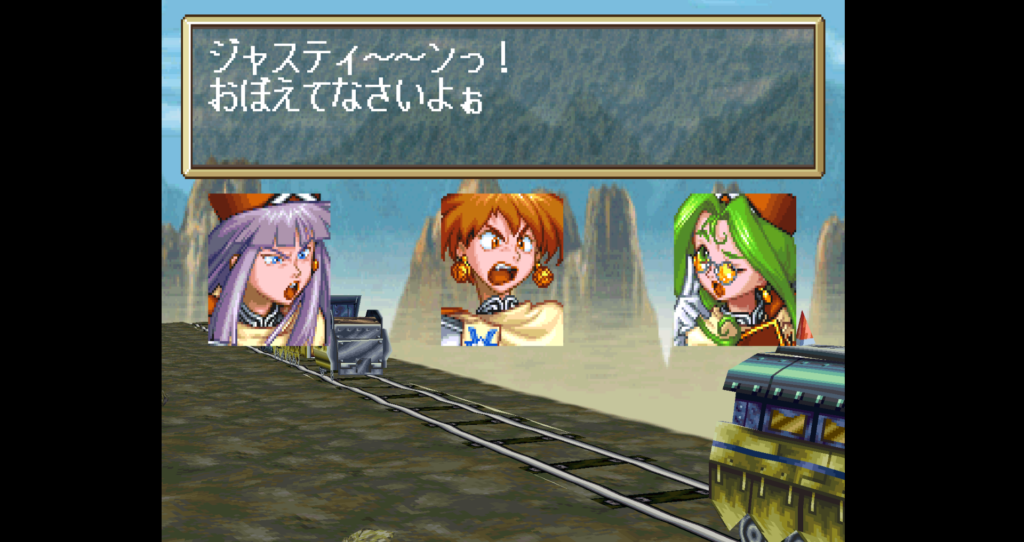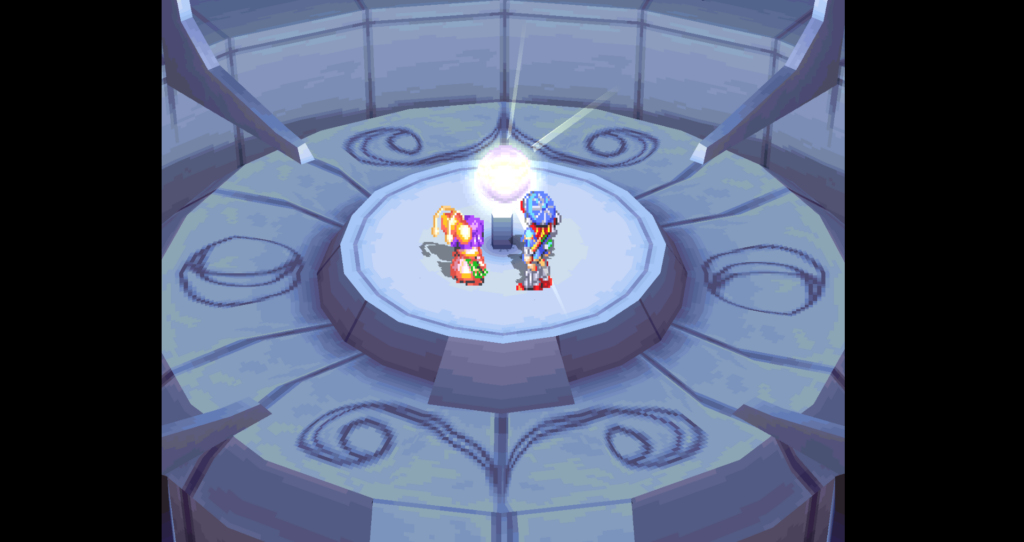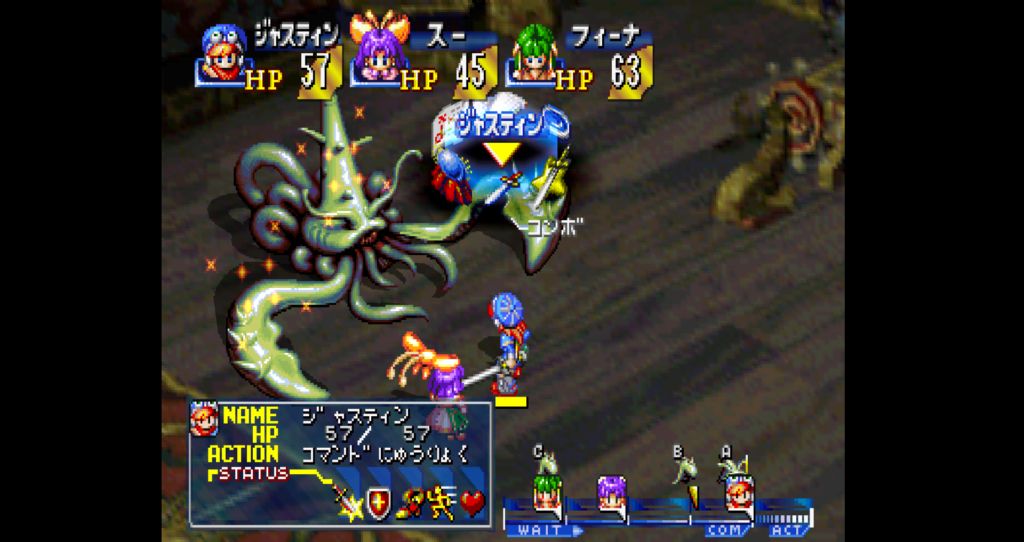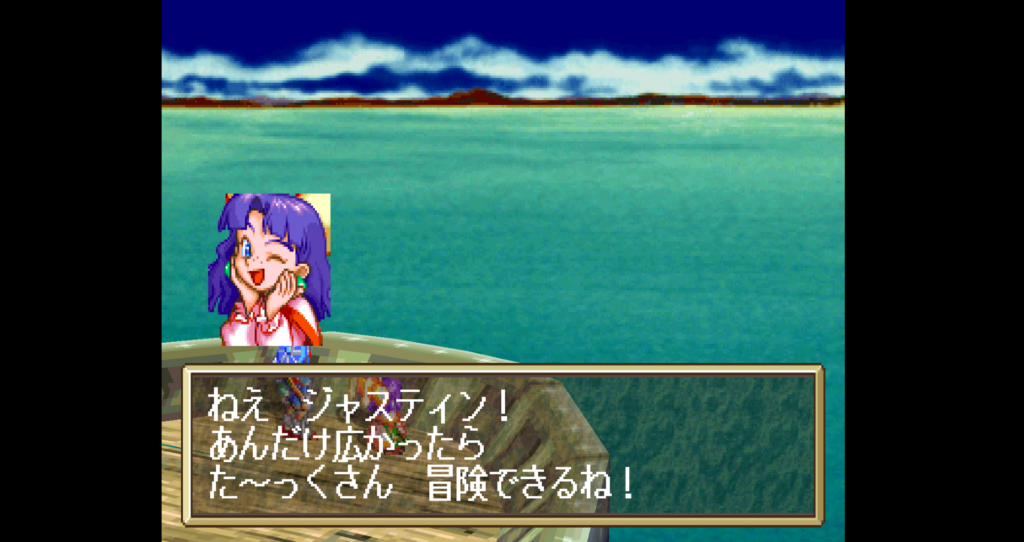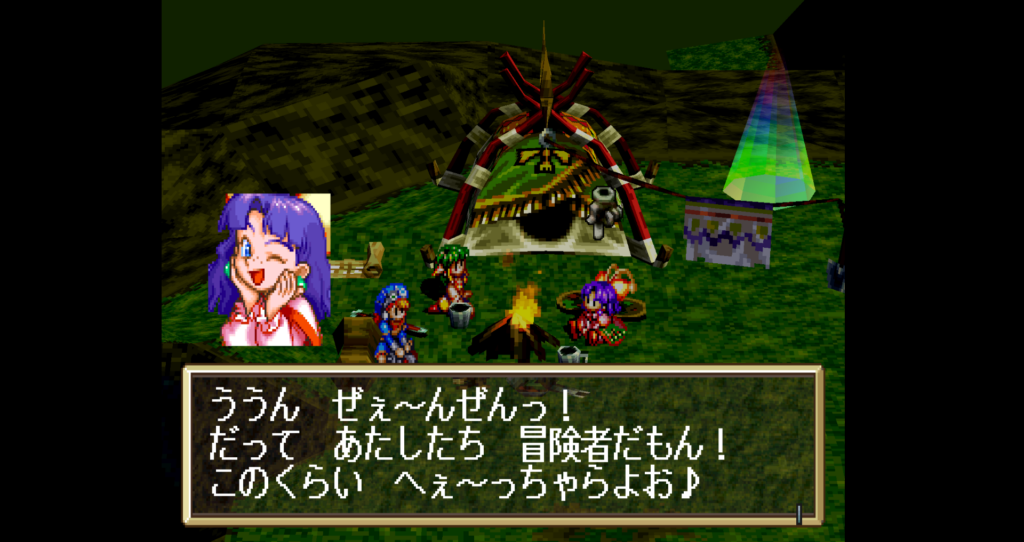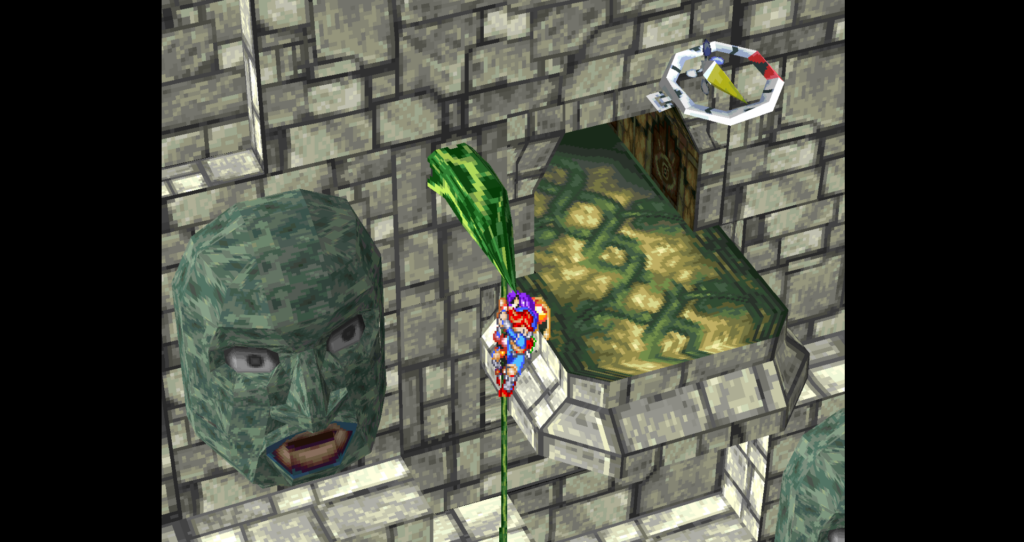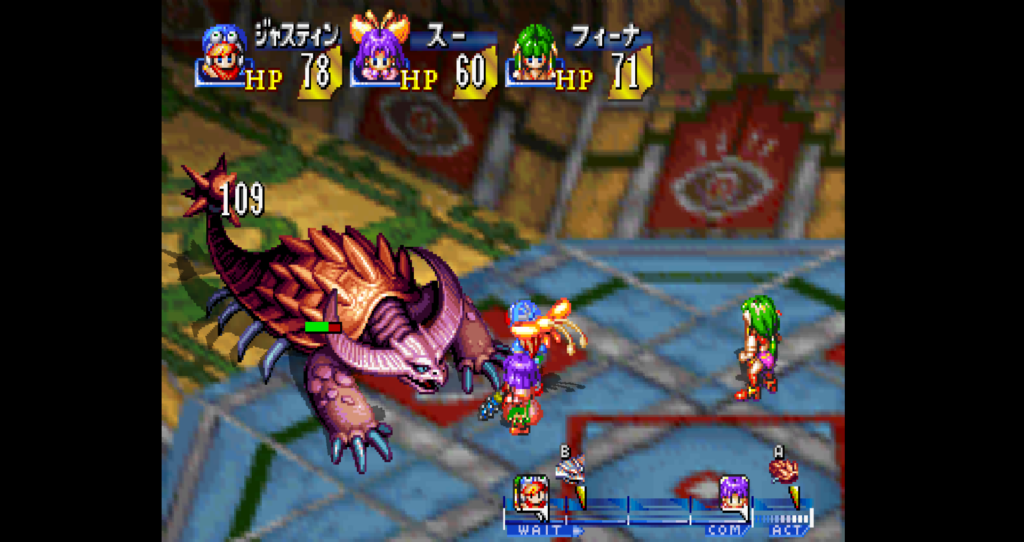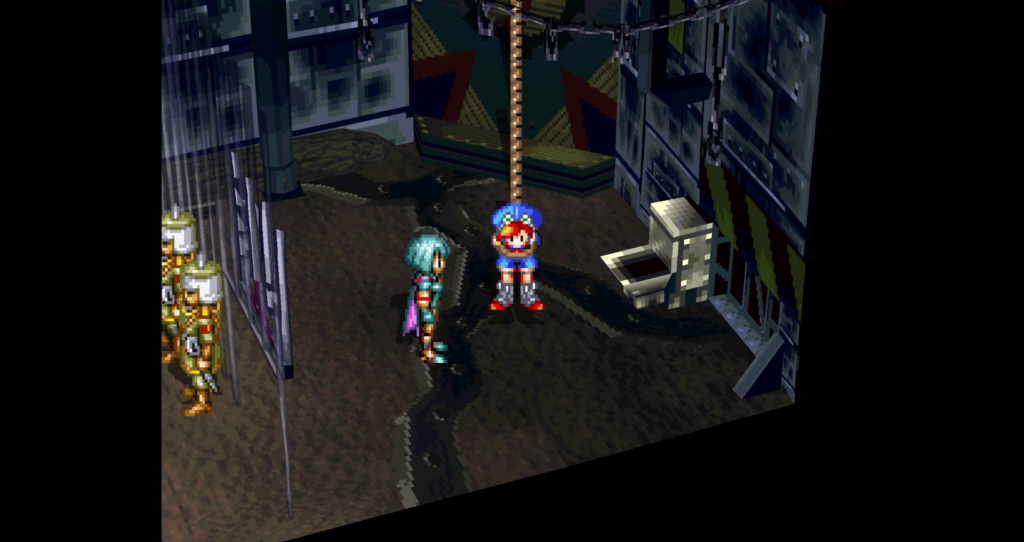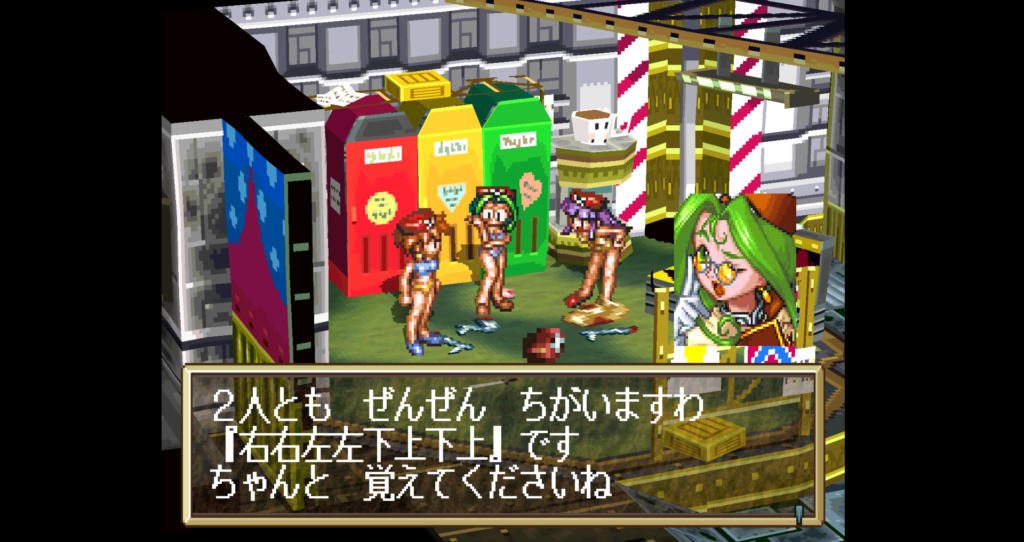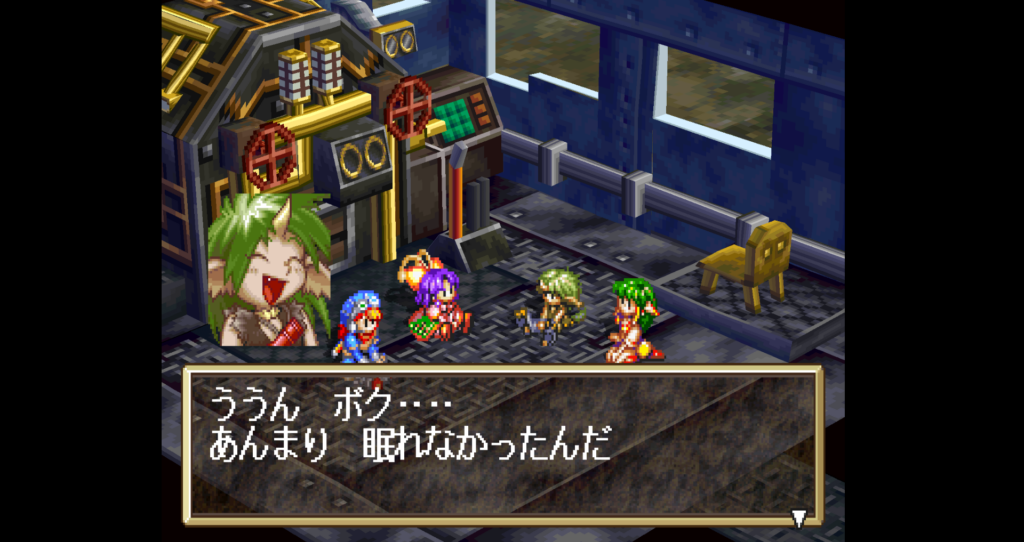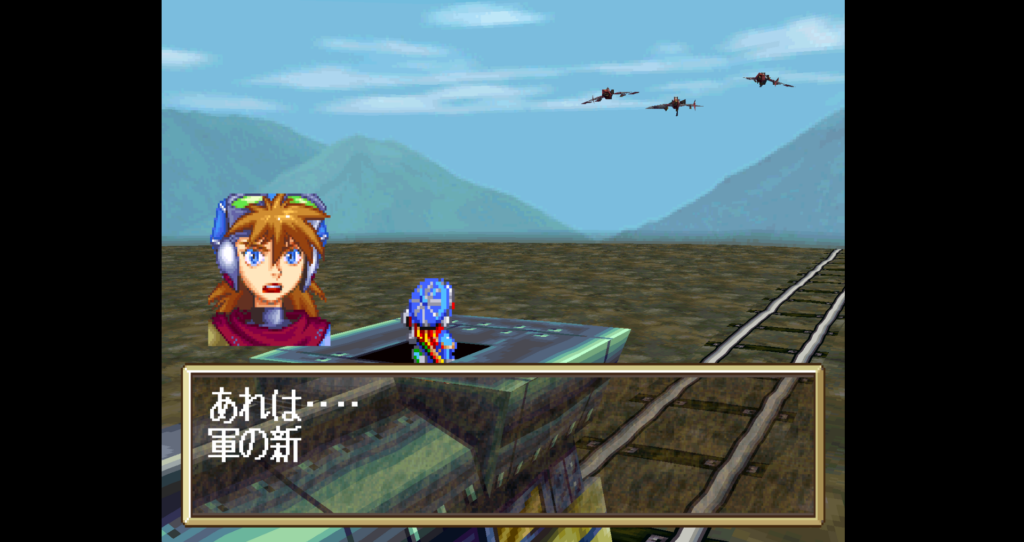Tokyo Majin Gakuen: Kenpucho (東京魔人學園剣風帖), released 6/18/1998, developed by Shout Design Works, published by ASMIK ACE

This game is part of the “Tokyo Majin Gakuen Kiden” franchise, which includes two Playstation games and then a bunch of remakes, fan discs, and adaptations. There was intended to be a third game for the DS announced in 2008, but for whatever reason it never came out.
Kenpucho was especially popular, generating drama CDs, anime, novelizations, manga, as well as a fan disc add-on.
I’m going to do three posts on this game. This post will be an overview of the system. The next post (on Wed.) will be disc 1, and the last post (next weekend) will be disc 2.

The game is essentially a combination of a visual novel and a strategy RPG. You spend most of your time in the visual novel part, but the SRPG part is decently implemented and is not just a lazy add-on.
The main way that the VN aspect is done is through the emotional responses, which you can see above. By pressing the directional keys (for negative responses) and the buttons (for positive responses) you can choose how your main character responds. For instance, in the above picture you are meeting Kyouichi for the first time, and he says “we’re in the same class, so let’s be friends.” On the left side, you can get angry at him, be sad, respond coldly, or react with uncertainty. On the right side, you can react happily, you can react with love, with friendship, or you can simply agree without any particular emotion.
What these responses actually do, though, is a bit hard to tell. There are no branching story paths, extra stages, different combats, or anything like that. As far as I can tell you will be in this core friend group even if you are constantly angry or cold to them, and the instruction manual doesn’t indicate that the friendship levels do anything in combat. It will change the immediate response they make (and perhaps the people around them). In some cases you will get some items by making certain choices, and outside of the core 5 people, there are a large number of extra characters that join if you are friendly to them.
From what I can tell, “friendly” is basically the default response and if you responded that way in every case, you would end up with the majority of the extra characters and scenes. So I think this response matrix is more for just trying to define your avatar in the game for your own purposes, rather than as a true strong gameplay element. If you are a complete asshole to everyone you might just have the main 5 characters and it would be interesting to see if the game could be completed that way without grinding (I think it probably could).

I think the art is pretty good and they went with a more VN-style of art than anime. The dialogue is not voiced, although the characters do have small voice clips (like greetings), and in-battle voices for their attacks.
The game is made up of 23 chapters across two discs. Each chapter has one or two battles in it. After the third chapter you can also go into the “old school building”, which is essentially a grinding dungeon — you do 5 levels at a time, and once you clear a set of 5 levels you can start from there next time. Or you can repeat the first levels, because if you stay in the dungeon without leaving, you get bonus XP for your next 5 floors.
At the end of each chapter, you can choose activities for each of your characters except the main character, which will change their stats.

The choices are club activity, study, rest, have fun, and talk. The last one just lets you talk to the person and change their friendship level. The other four have effects that differ per character, but in general Study is going to raise spirit (for magic attack/defense), rest will raise HP, have fun will raise movement points, and the club activity differs for each person.
Of course movement points are a big thing you want but as you can see in the picture above, “have fun” always lowers stats as well (though different stats for each character). This makes a big difference per character — I found that some characters I could do “have fun” almost every time without a huge drawback, whereas other characters seemed to give up a lot to do it. You can choose activities for all your people, even ones who didn’t participate in the combats for that chapter. (One thing I don’t like is that once you’ve chosen an activity you can’t change it).

The battles take place on a 3/4 grid view that you can’t rotate, although there is a button that will show you where everyone is if they are hidden behind an obstacle (fortunately this is rare).
You always begin with your core 5 characters, unless there is a story reason why some of them are not there. Some battles will have additional characters that are dictated by the story, and then you can fill that out with the extra characters — usually to a maximum of 10 but sometimes it’s lower.
The core characters will be there at the start, and the extra characters come in at round 2. You’ll be able to place them where you want, which can help a lot.
The game then goes in a player turn-enemy turn system. You can do your characters’ actions in any order and even take part of a character’s turn and then switch to another person. Each person has action points. Walking takes a certain number of points based on the terrain, and it costs points to change facing as well. Each attack or ability costs a certain number of points as well. There are no limitations on how many times you can use an ability each battle (i.e. no MP or TP), it’s just up to whether you have the action points left over to do it.

Each character has a “field of view” that affects their attacks — in this case Daigo can use his moves on people to the front or sides of him, but not back. Right of that is a 3×3 grid that shows where the character’s weak points are (red is weak, blue is strong). If you look at the list of attacks to the right, you can see what part of the grid they attack, which you want to line up with their weak points. Each move also has a strength, an action point cost, and a range (although the range is just where you activate the move, it’s not about the area of effect).
All of this makes it rather complicated to tell which attacks will be effective (there’s also an elemental system), mercifully the designers show you the damage that will be done with the attack so that you don’t actually have to think it all out on your own. Many of the moves also have knockback effects; if you knock a character into another character, they will both take some damage.
Death is not permanent, although if your main character dies you get a game over (ugh). Anyone else that dies it just lowers their friendship value — as I said before it’s hard to know exactly what effect this has. The only place you want to make sure you don’t do this is when you have guest characters in the battle that might join your party later. I already missed out on one character because he died in the battle where he was a (controllable) guest.
I’ll end this post with some info on the four core characters (aside from the main character). They’re all 3rd year high school students so they’re 17 or 18.

Misato Aoi is on the student council; she has healing and buffing moves in battle for the most part. She seems to be the basic default love interest for the main character.

Sakurai Komaki is a more tomboyish person who uses a bow in battle.

Daigo is a martial arts fighter; he’s also very serious and restrained.

Horaiji Koichi is on the kendo club and is constantly flirting and has a very free personality.
The basic story involves these people discovering that they have supernatural abilities and getting drawn up into various supernatural events. I’ll go into the plot more and introduce some more of the characters in the next post.




